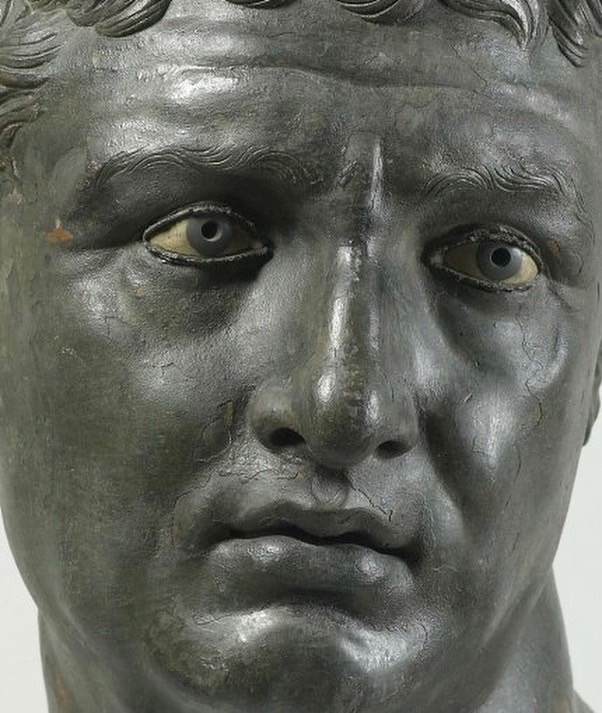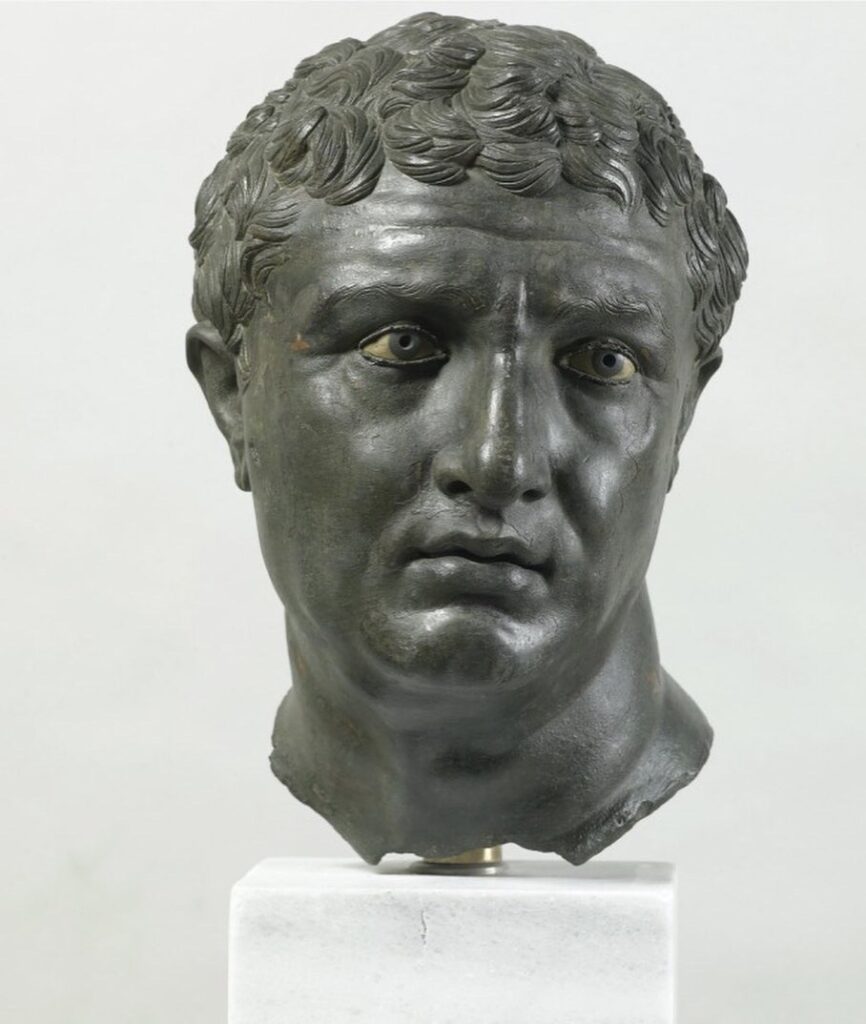Mimesis on my mind, and gravitating towards bronze today. If the artistic reproduction of reality was the goal, bronze was king, and it had been since atleast the Early Classical period.
Life sized bronzes do not survive in great quantities (when they do they are spectacular), but literary evidence indicates that the most acclaimed of ancient sculptors specialized in that medium. Polykleitos in particular, who famously claimed the tricky bit of producing bronze sculpture was when ‘the clay was on the nail,’ referring presumably to the level of detail the sculptor was able to impart upon the clay model which then (in the lost-wax process) provided the basis for the finished bronze.


Freshly cast bronze would have had the glowing hue of a greased up pool boy in August, (not the green we are used to, beautiful in its own right) and the with well-developed techniques of inlays and artificial patination rosy lips, oozing wounds, body hair, nipples, and more could be approximated. The Classical and Hellenistic periods saw this technical prowess combined with an interest in emotional states, and the already valued quasi life-like qualities were ratcheted up, to the extent that the result might have been super-human…an exaggerated take on the human form that might have countered any mimetic intent.
This head is the famous ‘Delos man’ – a late Hellenistic original found near the palaestra at Delos and now in the Athens National Museum. He is over life-sized, and the flesh of the face clearly shows the modeling of the clay original. The slight twist of the head, thoughtfully furrowed brow, and parted lips all show the new interest in emotion, and certainly add to the corporeal effect.
But it brings me back to my original musing…were the artists in their quest for reality creating an artificial aesthetic that outshone any living counterpart? Are these even better than the real thing? Was that the point?



